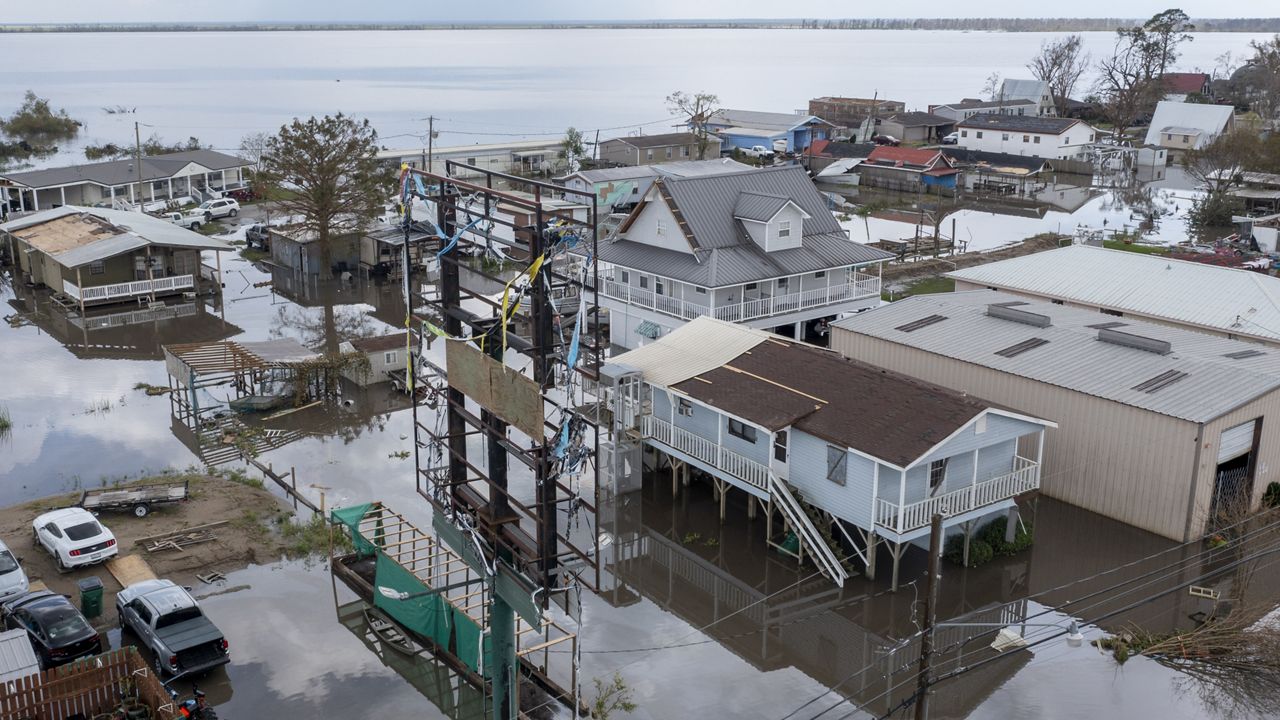As Hurricane Idalia pummels Florida with intense winds and destructive storm surges, homeowners in the affected areas are bracing for catastrophic property damage and the possibility that insurance may not cover everything that was lost.
“Homeowners often can find themselves underinsured after a disaster if they haven’t taken the time to update their insurance policy to account for recent inflation and elevated building costs,” American Property Casualty Insurance Association (APCIA) Vice President Karen Collins told Spectrum News.
Since 2020, the cost of home construction materials has increased 35.4%, and labor has increased 30%, Collins said. But just 30% of homeowners have upgraded their insurance policies to reflect those increased costs, according to a Harris Poll the APCIA conducted last year.
That poll also revealed that only 40% of homeowners who renovated their homes during the COVID pandemic updated their insurance to account for the changes, adding to the possibility that they lack sufficient insurance.
Following a natural disaster, such as Hurricane Idalia, there is also the phenomenon of demand surge, where so many people need material and labor to begin reconstruction that the costs to rebuild are even higher.
To ensure a homeowner is able to repair or replace a home after damage from a natural disaster, Collins recommends homeowners carry extended replacement cost coverage, which boosts coverage limits to help absorb some of the price hikes created by demand surges. Collins said that coverage boost can range from 20 to 100%.
Ordinance and law coverage is also a buffer against higher costs since older homes may need to be rebuilt to newer and more expensive building standards. Collins also recommends increasing the dollar amount their policies cover for additional living expenses following a natural disaster because reconstruction often takes longer than people expect.
Collins said natural disasters often trigger awareness about insurance needs that comes too late for those who are directly affected.
The APCIA recommends that homeowners check their policies annually to review coverage and determine if it’s adequate. And if they don’t carry insurance, they should reconsider. According to the Insurance Information Institute, 13% of Florida homeowners and 7% of homeowners nationally forego property insurance.
The APCIA also recommends home inventories to catalog a home’s contents and help determine replacement values.
“This is important for every natural disaster but even more so for a fire because they don’t leave much behind,” Collins said, adding that a home that catches fire will be a total loss 90% of the time. “With the insurance claims process, you need to provide documentation to be able to negotiate a settlement.”
Home inventories are especially valuable for unique and higher-end items and can be done with the camera or video feature on a phone just by walking from room to room, opening drawers and closets and taking pictures. Those pictures can then be stored to the cloud or in a fireproof safe in case it’s needed.
Upgrading an insurance policy will increase the premium customers pay. Already homeowners’ insurance costs increased 11% from 2021 to 2022, according to S&P Global, and have risen 2.8% so far this year.
Nationally, the average cost of a homeowners insurance policy is $1,428 annually for a policy that covers a $250,000 dwelling, according to Bankrate. It’s 39% higher in Florida, where the annual premium is $1,981 — if it can even be purchased.
In Florida, where last year’s Hurricane Ian was the most expensive to ever hit the state, several insurance companies have already pulled out of the market, including Farmers Insurance. State-operated Citizens Property Insurance, which provides insurance to 1.3 million property owners who can’t find it on the commercial market in Florida, is already struggling to cover the losses on its policies.
To ensure that insurance remains available and affordable, Collins said mitigation will be key for homeowners to protect their properties and reduce losses as we move into a future characterized by increased natural disasters.
“Consumers have a tremendous role they can play in helping to bend down this loss curve,” Collins said, adding that reinforced roofs and impact-resistant windows can help reduce losses in areas prone to hurricanes and could help reduce homeowners’ insurance premiums.



